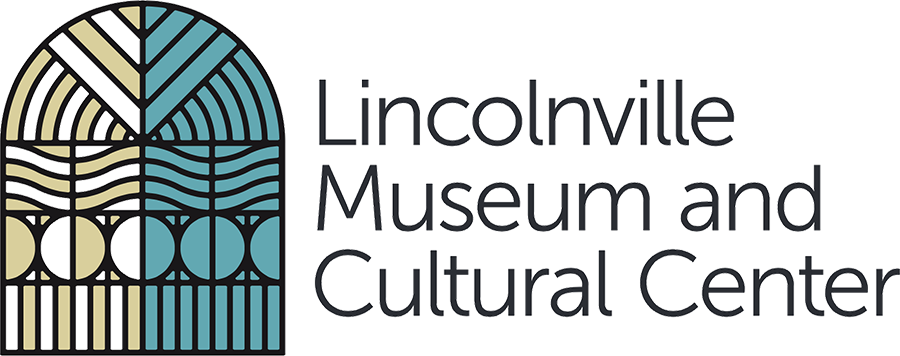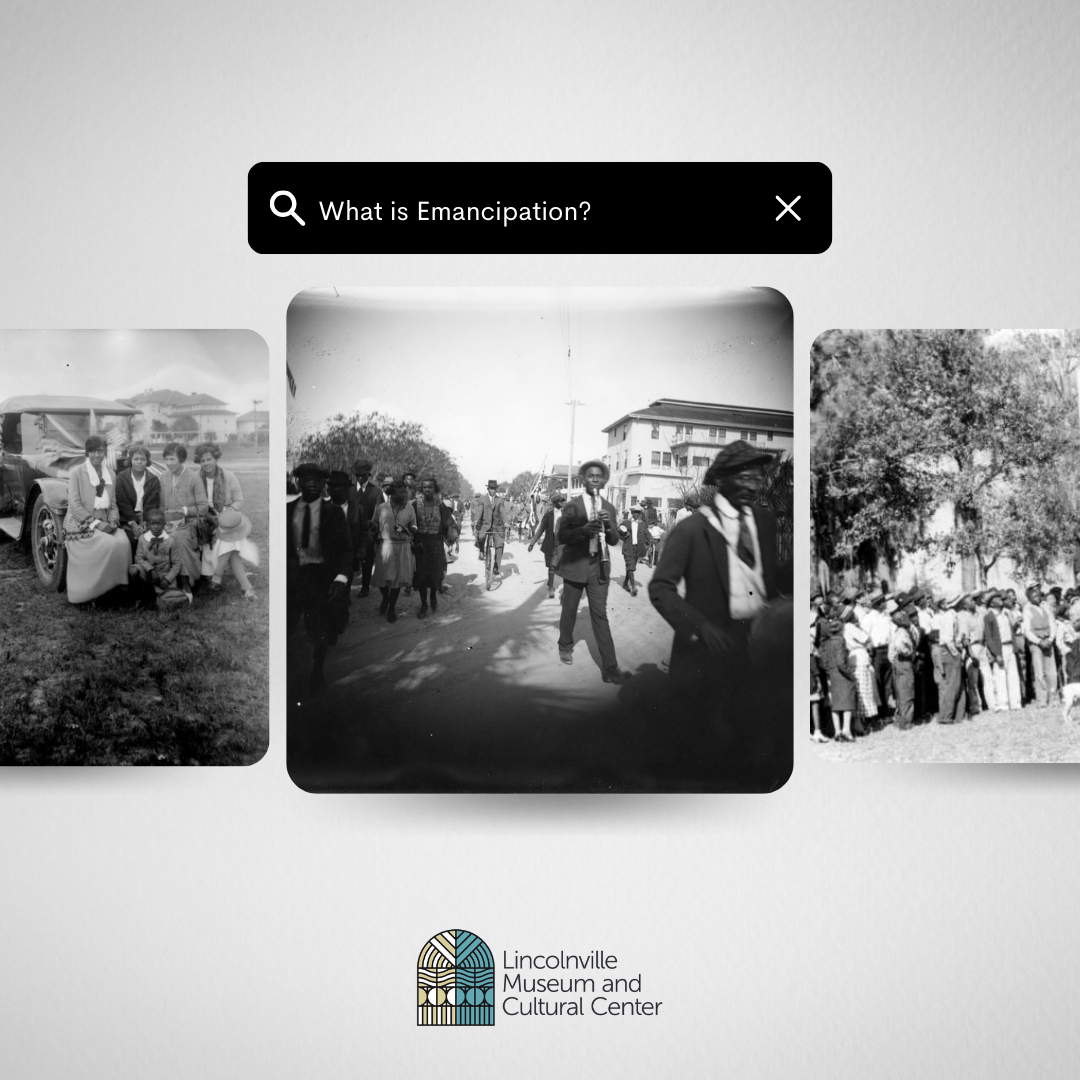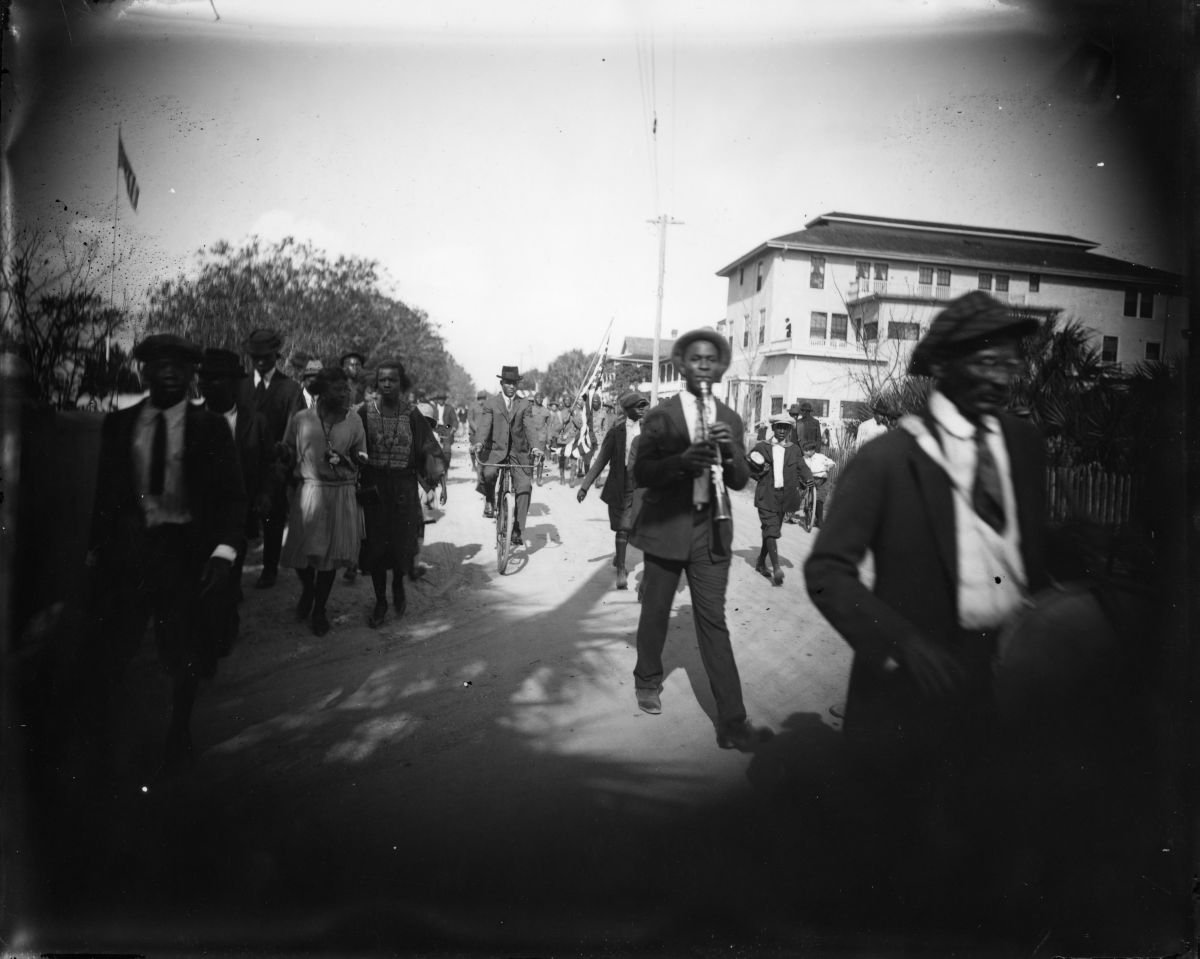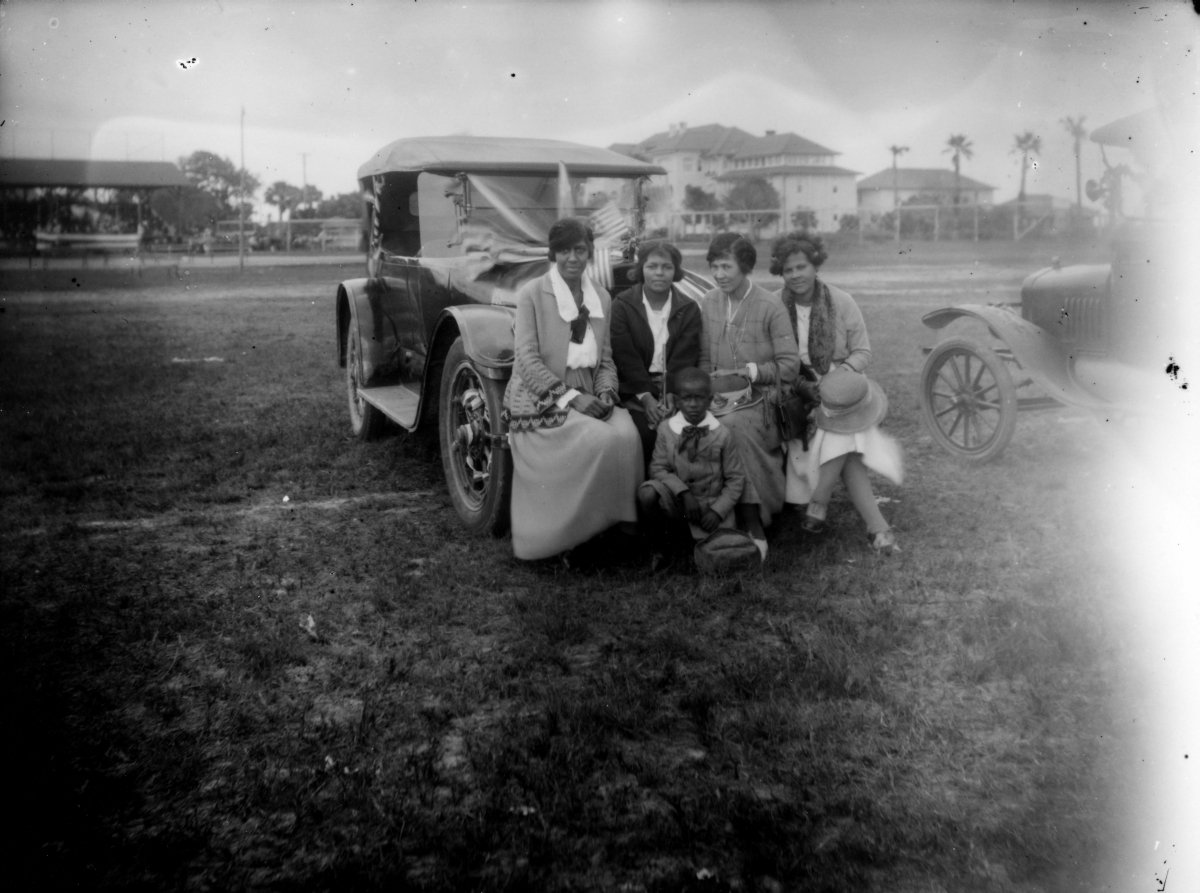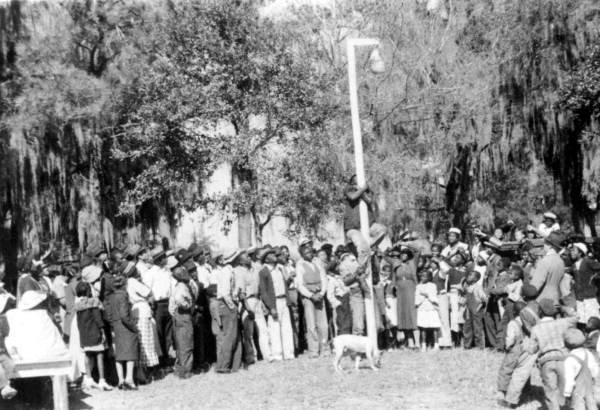Brief History of Emancipation
The Emancipation Proclamation was read by President Abraham Lincoln on January 1, 1863. The proclamation declared "that all persons held as slaves" within the rebellious states "are, and henceforward shall be free." However, this was not the first time the proclamation was issued by President Lincoln. A preliminary draft of the Emancipation Proclamation was released on September 22, 1862 after the Battle of Antietam. This early Proclamation claimed that if the South did not cease rebellion by January 1 then the Proclamation would officially be put into order. The Proclamation as stated applied to the rebellious states of the Confederacy meaning that while many were free, slavery still existed. The 13th Amendment abolished slavery in the United States on December 6, 1865 which was a few years after the Emancipation Proclamation and during the same year as Juneteenth.
What is the difference between Emancipation and Juneteenth?
The difference is that while the official reading of the Emancipation took place on January 1, 1863 by President Lincoln others were not read the Proclamation until months and even years afterwards. The final reading of the Emancipation occurred on June 19, 1865 in Galveston Bay, Texas. Juneteenth celebrates the day in which everyone was finally made aware of their freedom through the Emancipation Proclamation.
When was the Emancipation Proclamation read in St. Augustine?
Since St. Augustine was occupied by Union forces by March 1862 they were notified and read the Proclamation earlier than most other places. The Emancipation Proclamation was read on January 1, 1863 in St. Augustine at the now Collector Inn & Gardens, where one can see the Freedom Bell and plaque that tell of the historic reading.
Freedom Bell and plaque located at the Collector Inn & Gardens where the Emancipation Proclamation was read in St. Augustine in January 1863.
However, there is the possibility of the Emancipation being read prior to January 1st in additional areas besides St. Augustine based on the memoir by Sitiki, The Odyssey Of An African Slave. Sitiki (also known as Jack Smith) was sold into slavery in Africa as a 5 year old and sent to America. Sitiki’s memoir describes how “St. Augustine was one of the first places where slaves were apprised of their freedom early in the course of the Civil War.” Additionally, Sitiki’s account claims that there were reports of St. Augustine slaves who were told of their freedom, prior to the Emancipation Proclamation. “General David Hunter, the regional commander, earlier proclaimed the emancipation of slaves in Georgia, Florida, and South Carolina which were zones under his command.” Once St. Augustine was read the Proclamation in January 1863, a number of the newly freed slaves left to join the Union forces. Sitiki was not present in St. Augustine during the reading of the Proclamation as his enslaver brought him up north. He later returned to St. Augustine free around 1864 in which he founded Trinity United Methodist Church.
Emancipation Day in Florida
Due to differing dates that various cities were read the Emancipation Proclamation, Florida declared May 20th as Emancipation Day. The final area in Florida to be read the Proclamation was Tallahassee on May 20, 1865. Therefore on May 20, 1865, all slaves in Florida were free and Emancipation Day celebrates Florida’s freedom. Communities celebrate Emancipation Day with speeches, parades, and activities.
Richard Twine, a Lincolnville Photographer, captured lively images of St. Augustine residents celebrating Emancipation Day circa 1922. Below are examples of Twine’s photography and what a Emancipation Day Parade looked like in Lincolnville. More of Richard Twine’s photography can be seen in the Lincolnville Museum and Cultural Center as a part of the LifeWays exhibit.
What is Watch Night?
On the night of December 31, 1862, enslaved and free African Americans gathered, many in secret, to ring in the new year and await news that the Emancipation Proclamation had taken effect. Many of those gathered prayed, worshipped, sang, and danced as Watch Night is rooted in African American spiritual and religious traditions. Today Watch Night is celebrated as a New Year’s Eve tradition that reflects on slavery, freedom, faith, and strong community.
Resources:
“10 Facts: The Emancipation Proclamation.” American Battlefield Trust, 17 Oct. 2023, www.battlefields.org/learn/articles/10-facts-emancipation-proclamation.
“20th of May Emancipation in Florida A Historical Overview.” Florida Humanities, https://floridahumanities.org/wp-content/uploads/2021/04/Emancipation-FINAL-2020.GUIDE_.pdf.
“Emancipation in Florida.” Florida Memory, www.floridamemory.com/learn/exhibits/photo_exhibits/emancipation/.
“The Emancipation Proclamation.” National Archives , The U.S. National Archives and Records Administration, www.archives.gov/exhibits/featured-documents/emancipation-proclamation#:~:text=President%20Abraham%20Lincoln%20issued%20the,and%20henceforward%20shall%20be%20free.%22.
“The Historical Legacy of Watch Night.” National Museum of African American History and Culture, 29 June 2022, https://nmaahc.si.edu/explore/stories/historical-legacy-watch-night.
Sitiki, and Patricia C. Griffin. The Odyssey of an African Slave. University of Florida Press, 2015.
